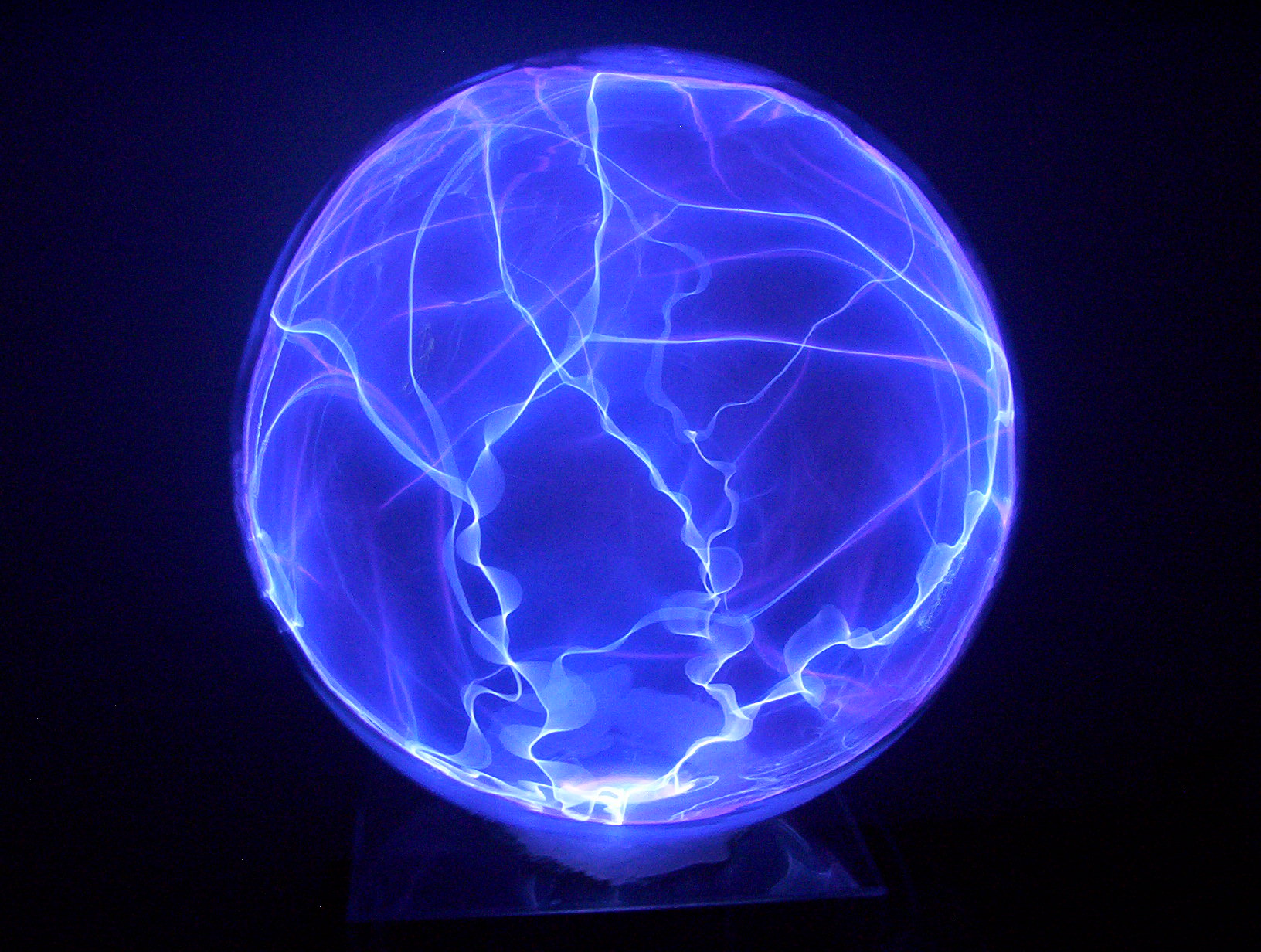After seeing the newest Godzilla reboot during the U.S. release, becoming captivated by it, and seeing it again; I decided to attempt starting up my blog again after 4 years on the ice. The timing is also convenient since I am starting graduate school and exploring various avenues of research.
Lets begin.
Shin Godzilla is a great film that introduces fresh and contemporary ideas to the character of Godzilla, essentially revamping it for a modern audiences. Unlike the first reboot that rehashed the same outdated origin story from the original, that of a T. rex awakened and mutated by radiation, this movie welcomes a new understanding of genetics and evolution (to a certain degree). The benefit of the changes to the reboot is to activate the imagination of audiences and inspire new interest in expanding the franchise.
I love the Showa series and the Heisei series (Heisei series movies came out when I was young and impressionable), however, the faulty explanations behind the kaiju phenomenon had me grasping for personal interpretations that I could make it work for me. It was hard for me to rationalize how radiation could be blamed for the strange and sudden mutations seen in Godzilla movies as late as the 90's when most people realize that radiation basically just makes you deteriorate.
 |
| Just stop and walk away. |
Godzilla enters the stage in a entirely foreign form than what we are used to. It looks like a strange amphibian and they describe it to be morphologically similar to a lungfish. It seems to flounder into the city pauses and transforms into a bipedal Godzilla-like form, notably growing arms from stumpy looking pectoral fins. The one government official overseeing the transformation note that it is "evolving" reminiscent of Pokemon, but the rest quickly regard it as a mutation. It still sounds a lot like the old movies at this point. It gets more interesting in the next acts when Godzilla returns for the second time in a massive form recognizable as Godzilla. After collecting more data on the monster, the scientists on the ground conclude that it has a vast genome, they compare it to humans as being eight times longer. This gives an idea of how realistic this is, and perhaps eight times larger may be a little small for calling Godzilla the most evolved creature on the planet, as they do in the movie.
 |
| First form. Courtesy of AlphaPonpo |
If Godzilla had been accumulating genes from its environment through transposable elements or a sophisticated mechanism involving viruses then there's a chance (in the way chance works in the movie studio) that such evolution could occur. The complicated mechanism behind it would not really be comprehensible to the humans in the movie, at least not in the early stages. This idea makes the monster appealing and fascinating for me all over again.
The idea that Godzilla is evolving right before our eyes and that it could be from a genetic source, ties in nicely with a personal favorite fan theory I found here. The end of the movie showed creatures imprisoned inside the structure of Godzilla's long tail, and gave clues to what its next plan of attack was before being defeated. According to the fan theory, it was getting ready to spawn an army of engineers to take down humanity. The reproduction of clones to populate a eusocial super-organism is particularly ant-like and, provided the genes were available to it, could have been encoded in its genome.
 |
| Last shot of Shin Godzilla. Courtesy of Toho,Co. |
A bonus thought experiment this concept provides are ethical considerations of what it means to have predetermined fate, if all of your being is laid out before you are born in your genome. Godzilla shows that there is some wiggle room after all and maybe we can win against our selfish genes.



















